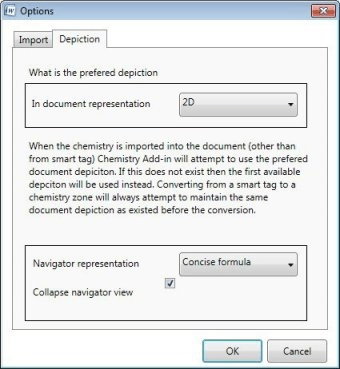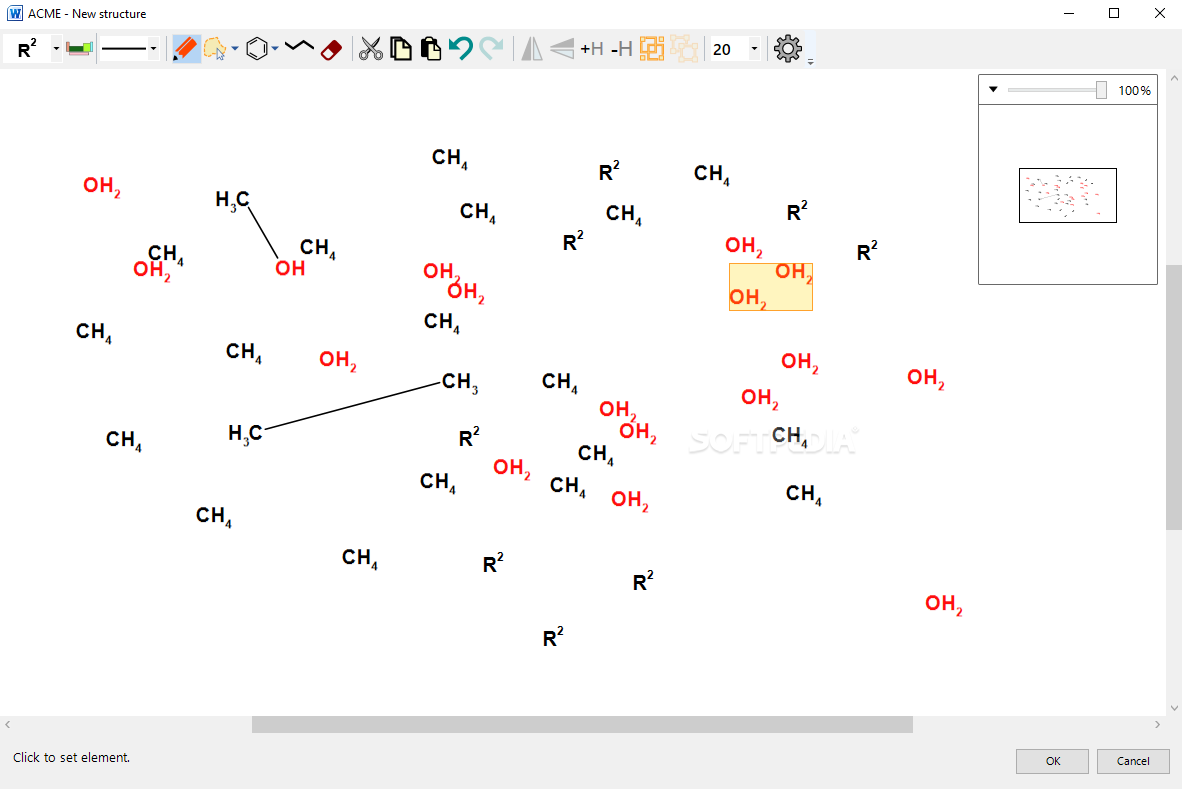

– General authentication and origin determination of foods (both geographical and production including commodity substitution, and verification of organic, biological and ecological labelling) USING CHEMICAL MARKERS, providing sufficient data from authentic samples should be included to ensure that interpretations are meaningful. – Results of method inter-comparison studies and development of food reference materials for use in the assay of food components – Methods concerned with the chemical forms in food, nutrient bioavailability and nutritional status – Methods for the determination of both major and minor components of food especially nutrients and non-nutrient bioactive compounds (with putative health benefits) will be considered. Overall, real samples should be analyzed by the state-of-the-art and the newly developed method for validation purposes. Authors should also pay attention to trueness and, when possible (quantitative methods), determine the uncertainty of measurement. Special attention should be given to linearity, selectivity, determination of LOD/LOQ, repeatability and reproducibility of the analysis. Papers dealing with significant improvements to existing methods, or data from application of existing methods to new foods, or commodities produced in unreported geographical areas, will also be considered.įor Analytical Papers, especially those dedicated to the development and validation of methods, authors are encouraged to follow internationally recognized guidelines, such as EURACHEM - for chemical compounds ( ) or FDA - for microbiological data ( ) and proper statistical methods should be applied. Papers should be primarily concerned with new or novel methods (especially instrumental or rapid) provided adequate validation is described including sufficient data from real samples to demonstrate robustness. Analytical papers related to the microbiological, sensory, nutritional, physiological, authenticity and origin aspects of food. –Chemistry of food additives, contaminants, and other agro-chemicals, together with their metabolism, toxicology and food fate. – Chemical and biochemical composition and structure changes in molecules induced by processing, distribution and domestic conditions – Effects of processing on the composition, quality and safety of foods, other bio-based materials, by-products, and processing wastes Data must accompany sufficient discussion to demonstrate their relevance to food and/or food chemistry

– Chemistry relating to major and minor components of food, their nutritional, physiological, sensory, flavour and microbiological aspects – Bioactive constituents of foods, including antioxidants, phytochemicals, and botanicals. Topics featured in Food Chemistry include:

Research advancing the theory and practice of molecular sciences of foods or cure/prevention of human diseases will not be considered for inclusion in Food Chemistry. All papers should focus on the novelty of the research carried out. This means that research topics that have been deemed in scope previously may now fall outside of the scope of the journal as our scientific and technical understanding of the fields evolve and topics become less novel, original or relevant to Food Chemistry.įood Chemistry publishes papers dealing with the advancement of the chemistry and biochemistry of foods or the analytical methods/approach used. The Aims and Scope of Food Chemistry are assessed and modified on an annual basis to reflect developments in the field. Food Chemistry has three open access companion journals: Food Chemistry: X, Food Chemistry: Molecular Sciences and Food Chemistry Advances.


 0 kommentar(er)
0 kommentar(er)
